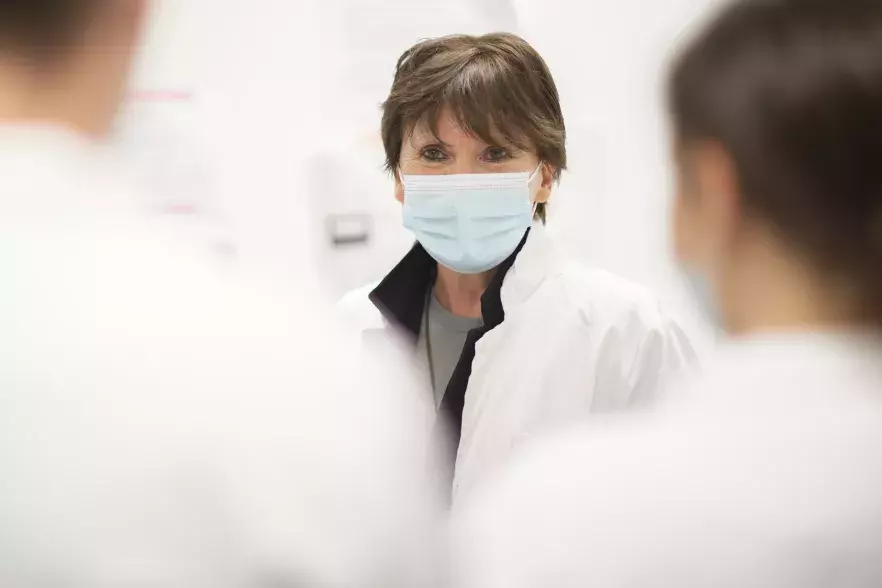Published on 23.03.2022
Chocolate as a remedy for growth anomalies? It may sound like a joke. However, a study combining in vitro, ex vivo and in vivo data, published recently in the journal Bone Research by Laurence Legeai-Mallet's team, shows that a molecule contained in cocoa - epicatechin - is effective in counteracting certain abnormalities caused by a mutation in the FGFR3 gene, which is responsible in particular for achondroplasia, the leading cause of dwarfism [1].
This gain-of-function mutation alters the cascade of molecular events that ensure bone formation and elongation. It causes the disorganisation of the growth plate, disrupts cell proliferation and differentiation and modifies the size of the primary cilium present on each cartilage cell. For many years, Laurence Legeai-Mallet has been exploring different therapeutic avenues by identifying molecules that could have a beneficial action on the gene itself or on downstream signalling cascades. This could lead to new treatments for children suffering from these bone diseases.
Benefits of epicatechin
"In this context, researchers from the University of Granada, who are specialised in active ingredients from food and plants, contacted us to test four plant extracts: cocoa, citrus (Diosmin), curcumin and hibiscus," explains the researcher. After testing the different extracts, Laurence Legeai-Mallet's team focused on Theobroma cacao and showed that a molecule present in this plant, called (-)-epicatechin, restored the signalling pathways activated by the mutated gene and the size of the primary cilium in a mouse model of achondroplasia.
Growth is not fully restored, but is significantly improved
The researchers then showed the beneficial effect of this molecule (in vivo in mice) on the size of cartilage cells (chondrocytes), their proliferation and differentiation, and the size of the primary cilium. "Growth is not completely restored, but is significantly improved in vivo in mice," says Laurence Legeai-Mallet. "This is directly reflected in the size of the growth plate and the length of all the long bones" (tibia, femur, humerus and ulna). This work, wich is the result of several years' work, has been patented and this new therapeutic approach is now being studied as part of the Springboard programme, the Institut Imagine's start-up incubator.

